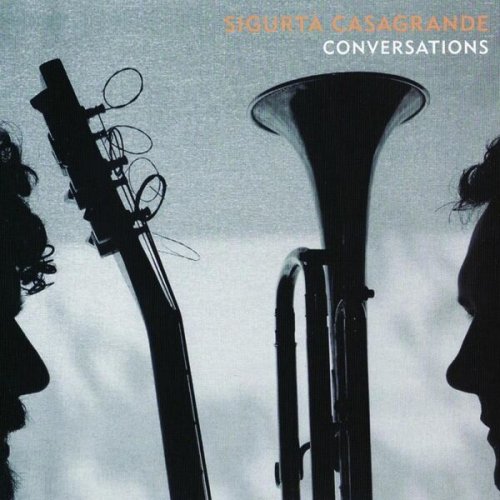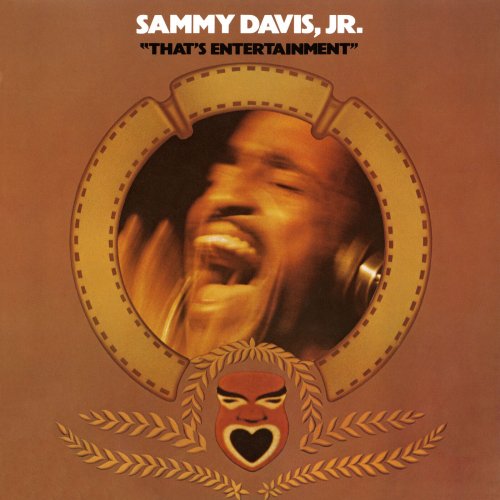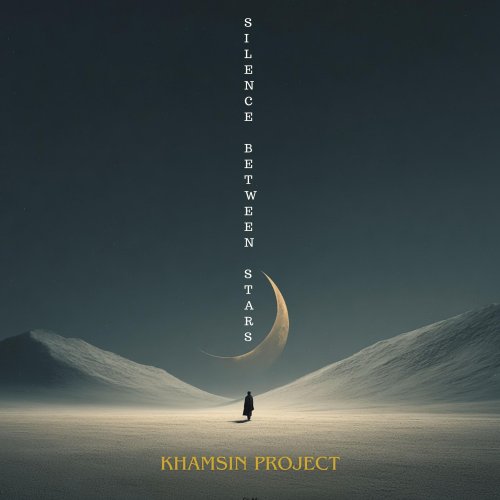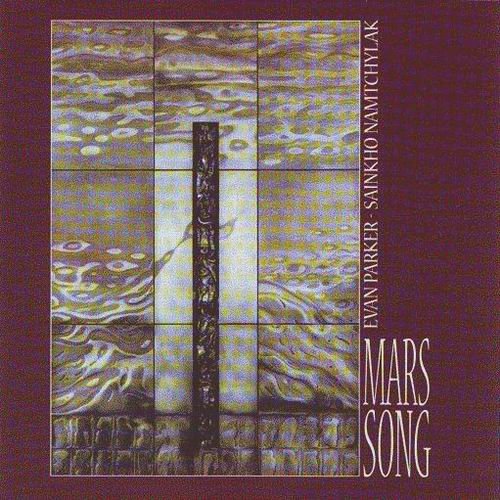Cecilia String Quartet - Amoroso: Janáček: Quartet No. 1 - Berg: Lyric Suite - Webern: Langsamer Satz (2013) [Hi-Res]
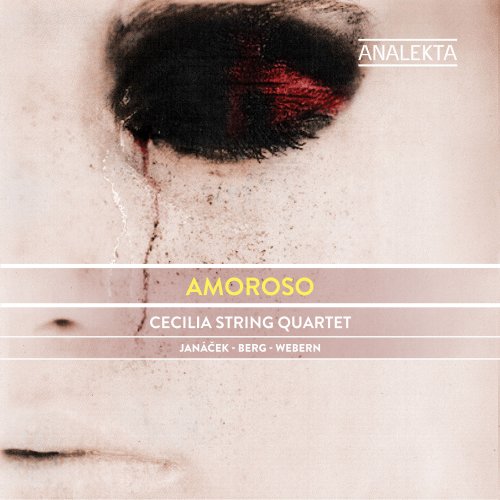
Artist: Cecilia String Quartet
Title: Amoroso: Janáček: Quartet No. 1 - Berg: Lyric Suite - Webern: Langsamer Satz
Year Of Release: 2013
Label: Analekta
Genre: Classical
Quality: flac lossless / flac 24bits - 88.2kHz +Booklet
Total Time: 00:54:11
Total Size: 263 / 931 mb
WebSite: Album Preview
TracklistTitle: Amoroso: Janáček: Quartet No. 1 - Berg: Lyric Suite - Webern: Langsamer Satz
Year Of Release: 2013
Label: Analekta
Genre: Classical
Quality: flac lossless / flac 24bits - 88.2kHz +Booklet
Total Time: 00:54:11
Total Size: 263 / 931 mb
WebSite: Album Preview
01. Quartet No. 1, "Kreutzer Sonata": I. Adagio – Con moto
02. Quartet No. 1, "Kreutzer Sonata": II. Con moto
03. Quartet No. 1, "Kreutzer Sonata": III. Con moto
04. Quartet No. 1, "Kreutzer Sonata": IV. Con moto - Adagio
05. Lyric Suite: I. Allegretto gioviale
06. Lyric Suite: II. Andante amoroso
07. Lyric Suite: III. Allegro misterioso
08. Lyric Suite: IV. Adagio appassionato
09. Lyric Suite: V. Presto delirando
10. Lyric Suite: VI. Largo desolato
11. Langsamer Satz
Love stories – literary, clandestine and youthful – provide an intense background for the three works on this recording, all dating from the first quarter of the last century. Tolstoy’s novella The Kreutzer Sonata provided Czech composer Leoš Janá?ek with the starting point for the first of his two string quartets. Its tale of passion, jealousy and chamber music is narrated by Pozdnyshev, a jealous and domineering husband, who, suspecting that his wife was having a love affair rather than a musical partnership with a violinist, is driven by jealousy to murder her with a dagger. Janá?ek identifies with the unnamed wife, rather than with underlying themes in Tolstoy’s polemical narrative: “I had in mind a poor woman, tormented, beaten, battered to death,” he wrote to Kamila Stösslová, his confidante and would-be mistress. He wrote the quartet quickly to an informal commission from the Czech Quartet in 1923, adapting music from an unpublished piano trio based on the same literary source. The poignant, pleading opening theme of the quartet clearly characterizes the victim (and also, apparently, suggests a Moravian folksong that Janá?ek admired). This theme recurs like a motto in various guises throughout the quartet. The first movement is dominated by a more assertive theme, representing the overbearing husband. The scherzo-like second movement includes the rhythm of a polka and the introduction of the elegant musician, Trukhachevski. In the third movement there is an allusion to Beethoven‘s Kreutzer sonata, which was played by the lovers in Tolstoy’s story during a musical soirée. The finale opens with agitated music that represents Pozdynshev’s jealousy. As references to music from earlier movements recur, they are dominated by the poignant, pleading theme of the opening. It is a touching and powerful recollection of the wife as she lies dying.
With the Lyric Suite’s descriptive movement titles – jovial, amorous, mysterious, passionate, delirious and desolate – Viennese composer Alban Berg suggests an underlying program. Musical quotations from Zemlinsky and Tristan und Isolde add fuel to the fire. “Like anyone who commits a perfect crime,” musicologist George Perle wrote, “Berg was proud of his accomplishment and wanted us to know about it.” In the 1960s, Berg’s pupil, theorist Theodor Adorno suggested that the entire suite was a ‘latent opera.’ But it was only in 1977 that it became certain that biographical events had, indeed, driven the very creation of the piece. Perle uncovered an extensively notated score in Berg’s hand, proving that the hidden libretto of Berg’s ‘latent opera’ lay in a real-life, hitherto unsuspected, clandestine love story.
At the heart of all six movements is a four-note musical cell, comprising the notes A-Bb-B?-F. These are derived from the initials of Berg and Hanna Fuchs-Robettin, wife of an industrialist from Prague, with whom he had a ten-year surreptitious relationship. “I have secretly inserted our initials into the music,” Berg wrote in the notated score he gave to Hanna. “May it be a small monument to a great love.” But this is only the beginning. Most of the score’s 90 pages contain careful annotations, drawn in three different coloured inks. “I have written much that has other meanings into this score for you, to whom, and only for whom every note of this work was written,” he added. The four-note cell is used to determine technical features of the score. To it, Berg added more cryptographic and numerological procedures. “Every movement is related to our numbers: 10 and 23,” he wrote, referring to the number (23) he believed governed his own destiny, and 10, Hanna’s number. These are crucial to the structure of the piece. Berg himself viewed the path of the Lyric Suite, one of his most acclaimed works, as “the large unfolding . . . of an overall programmatic concept: ‘Subjection to Fate.’”
In 1905, Austrian composer Anton Webern was head-over-heels in love with his cousin, Wilhelmine Mörtl, with whom he took a walking vacation to Lower Austria, just west of Vienna. The 21 year-old composer wrote effusive diary entries about their idyllic time together (‘a fairyland’ . . . ‘floods of gold’ . . . ‘a forest symphony’ . . . ‘two souls had wed’). Webern composed the lushly romantic Langsamer Satz in Vienna that summer, having almost completed the first of four years of intensive private composition studies with Schoenberg, concurrent with doctoral studies in musicology at the University of Vienna. It was one of well over 100 finished and sketched student compositions and exercises that he would complete during his time with Schoenberg, most of it remaining unpublished. This single movement, published 1965, with a tripartite A-B-A structure plus coda, inhabits the intense, nocturnal, emotionally charged landscape of his teacher’s Verklärte Nacht of six years earlier. Its polyphonic lines reveal a close study of Brahms, while the intoxicating, last-gasp, late romantic harmonies are a path that Webern would soon leave behind. Of his chosen medium for this love song, Webern was shortly to write to his brother-in-law: “Quartet playing is the most glorious music-making there is.”
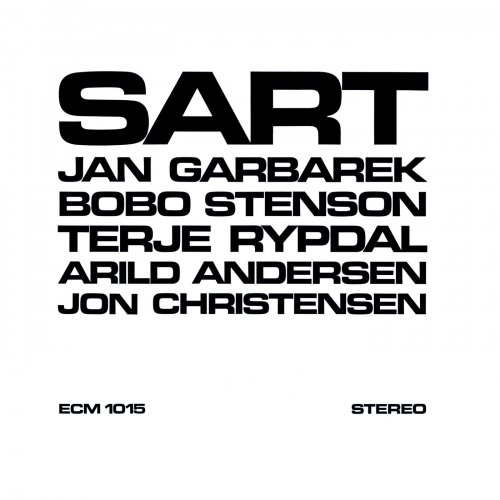
![Leopold Cross - Distant Moonrise (2025) [Hi-Res] Leopold Cross - Distant Moonrise (2025) [Hi-Res]](https://www.dibpic.com/uploads/posts/2025-12/1765265937_cover.jpg)
![Chris Connor - Free Spirits (Remastered) (2025) [Hi-Res] Chris Connor - Free Spirits (Remastered) (2025) [Hi-Res]](https://www.dibpic.com/uploads/posts/2025-12/1765538301_ccfs500.jpg)
